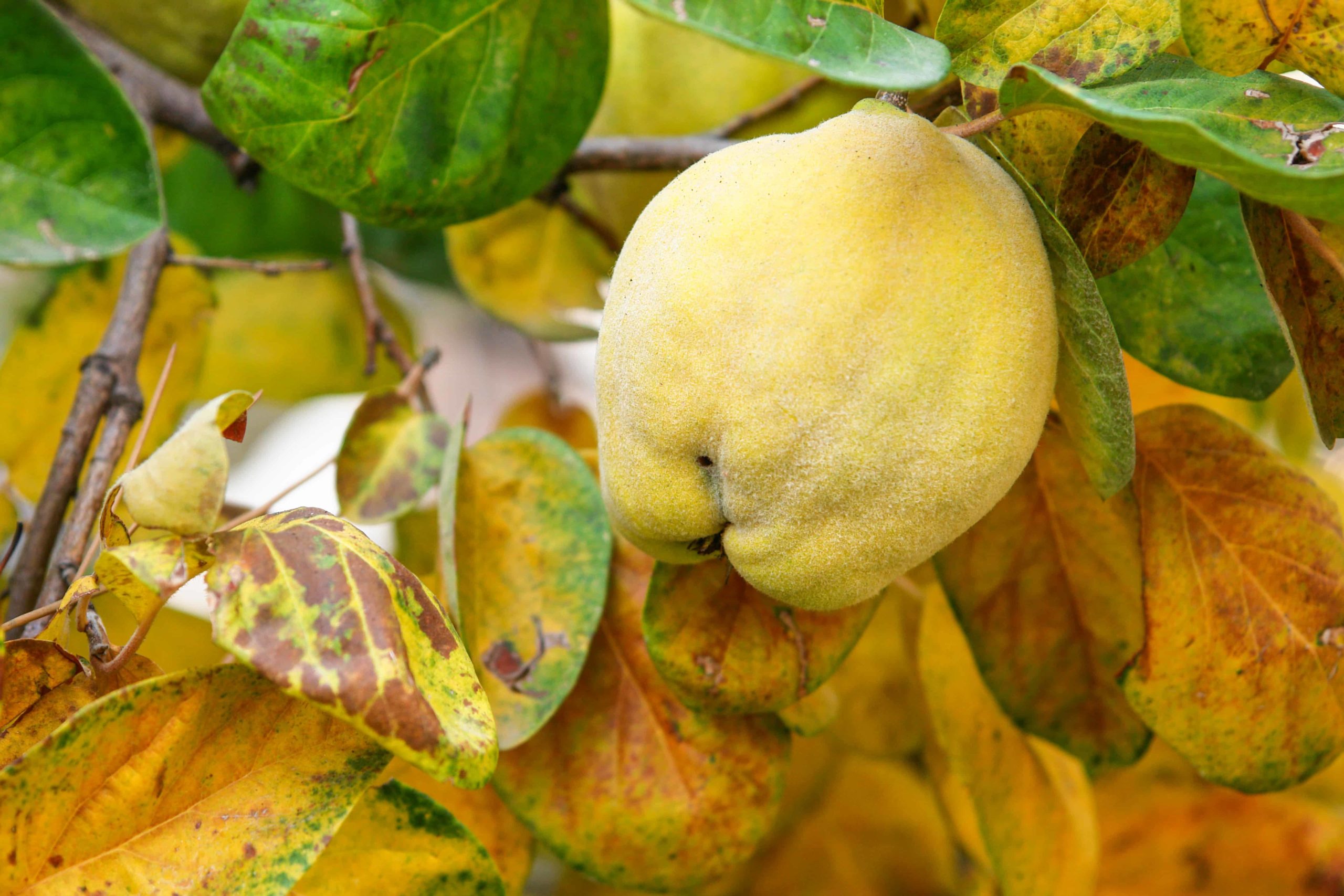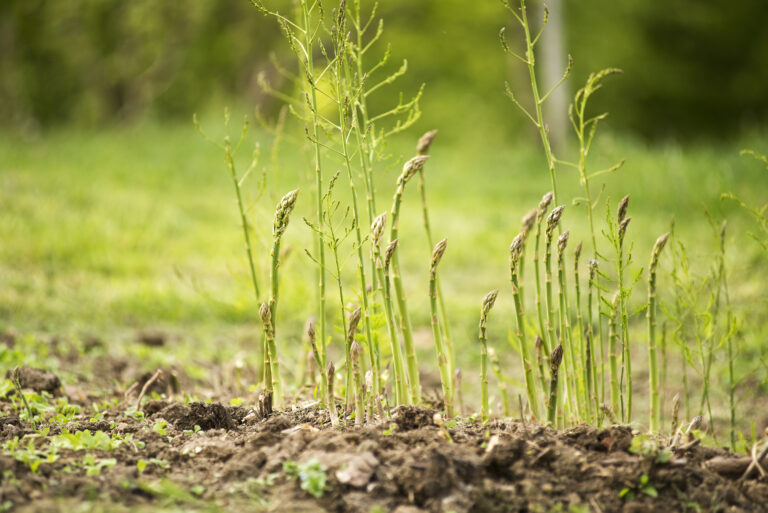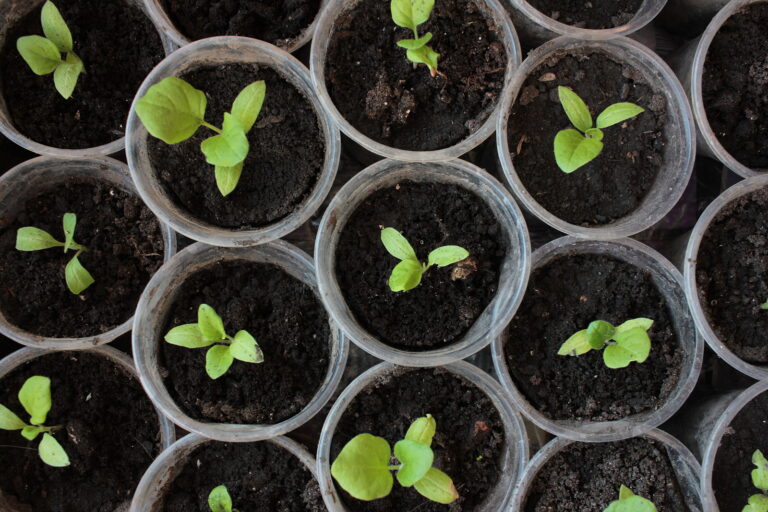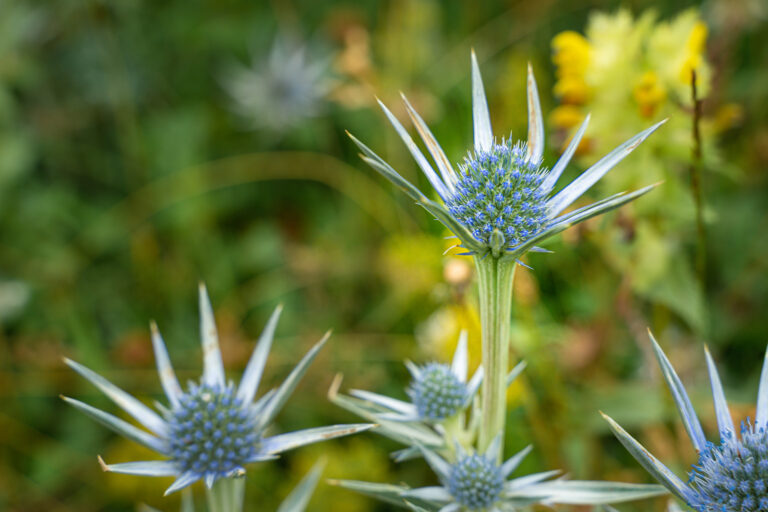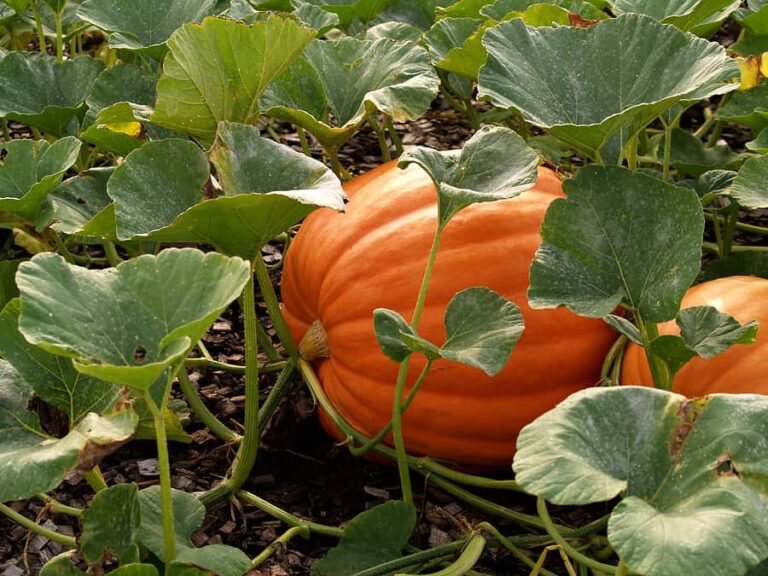How to Plant, Grow, Prune, and Harvest Quince
Quince fruit looks like a fuzzy-skinned cross between an apple and a squat pear.
Quince is an autumn fruit. The quince plant is a large bush, as large as 10 feet tall and 10 feet wide.
A ripe quince has yellow skin with hints of green. The flesh is yellowish-white, with small seeds, like those of an apple, at the core. A quince fruit can reach 5 inches in diameter and weigh as much as 10 pounds.
Related article:

Quince can be eaten raw but is very, very tart. Commonly quince is cooked and made into jelly or added to fruit compotes or made into cobblers, crisps, and tarts.
Quince is not difficult to grow.
Best climate and site for growing quince
- Quince commonly grows in Zones 5 to 9. Quince is hardier than peach but less hardy than a pear; it belongs to the same botanical subfamily as the pear.
- Plant quince in full sun.
- Plant quince in compost-rich, well-drained soil with a soil pH of about 6.5, slightly acidic.
- Plant quince in a warm, sheltered spot close to a wall where it will receive reflected heat. Avoid planting quince in low spots where frost and cold air settle.
Quince fruit yield
- The average yield is a bushel of quince fruit per bush.
Quince pollination
- Quince is self-fertile. One plant will produce fruit.
Spacing quince
- Space quince plants 10 to 15 feet apart; plants grow 10 to 15 feet tall and wide.

Planting quince
- Quince can be planted any time during the growing season but it’s best to avoid planting in hot, dry weather. Early spring planting, while the plant is still dormant, is optimal.
- Prepare a planting site in full sun that is sheltered from a prevailing breeze or wind.
- Work well-rotted compost or manure into the soil.
- Dig a hole half again as deep and twice as wide as the plant’s roots. Add a cupful of all-purpose fertilizer to the bottom of the hole.
- Set the plant in the hole so that the soil mark from the nursery pot on the stem is level with the surrounding soil. Remove all twine and burlap from balled and burlapped trees. Spread the roots out in all directions.
- Re-fill the hole with half native soil and half aged compost or commercial organic planting mix; firm in the soil so that there are no air pockets among the roots. Water in the soil and create a modest soil basin around the trunk to hold water at watering time.
- After planting, water thoroughly with a high-phosphorus liquid starter fertilizer.
Container growing quince
- Quince can be grown in a container 18 inches deep and wide or larger.
- Plant trees in a commercial organic potting mix.
- Keep the soil evenly moist but not wet.
- Feed quince growing in containers with an all-purpose fertilizer that is slightly higher in potassium.
- Repot the tree after two years into a container that is 24 inches wide and deep.
- To keep quince small, prune the top and roots each winter
Quince care, feeding, and watering
- Water quince regularly for best fruit production. Keep the soil evenly moist.
- Feed quince with a general blended fertilizer in early spring before growth starts. Avoid overfeeding quince where fire blight can be a problem; lush new leafy growth is susceptible to fire blight, a bacterial disease.
- Mulch around plants with aged compost in mid-spring; aged compost mulch will help keep down weeds and feed the soil.
- Quince flowers in late spring. It is less vulnerable to damage from frost than other fruiting trees. Cover budded or flowering plants with a plant blanket or burlap if frost threatens.
Training and pruning quince
- Quince is commonly trained as a shrub, but it can be trained as a small tree.
- In the first year, prune quince to an open center shape by cutting back the central leader to about 24 inches; select scaffold branches; trim these back to two buds and remove all other branches.
- Established quince plants don’t need much pruning. Prune in winter to keep the plant open to sunlight and air; remove any broken or diseased branches.
- Quince fruit primarily on the tips of growth from the previous summer; prune quince like tip-bearing apples. If side shoots are less than 9 inches long, they can be left unpruned; these shoots will bear flowers and fruit at the end of the growth the next season. Longer side shoots should be pruned back to about 6 inches long.
- Head back branches that tend to droop and become leggy. Also, remove suckers growing from the roots.
- Black knots on trunks and branches are natural; they should not be removed.
- Quince fruits are usually not thinned unless there is an extra-heavy crop.
Propagating quince
- Quince can be propagated from seed, layering branches, or root cuttings. Cultivars can be grafted onto quince rootstock.
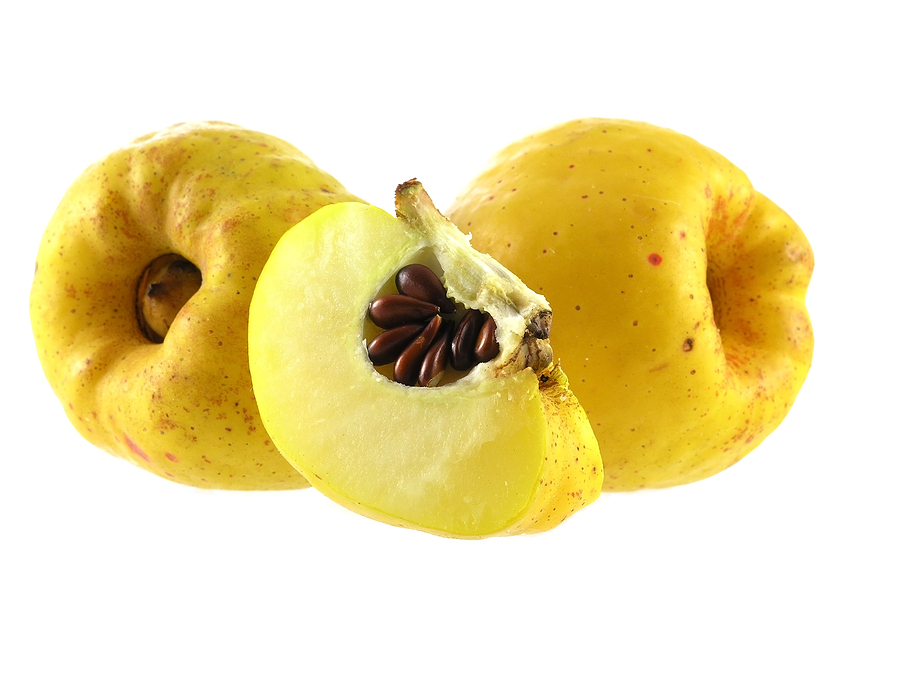
Harvesting and storing quince
- Quince bears fruit three to four years after planting.
- Pick fruits in autumn when they are aromatic and full-colored. The fruit is ready for harvest when skins lose their greenish-yellow color and become golden yellow or orange. The aroma of quince becomes more pronounced as it matures.
- Harvest fruits before they drop and before the first frost. Use a pruner to cut fruit from the plant with an inch or two of stem attached.
- Handle ripe fruit gently. Quince fruit is hard but it bruises easily.
- Quince will store 2 to 3 months at temperatures near freezing with high humidity. Store quince in a cool place separate from other fruit; the strong aroma of quince can taint other fruit such as pears and apples.
- Store quince in a shallow tray so fruits do not touch.
- The wool on the skin rubs off easily; do not rub off the wool unless preparing fruit for immediate use.
- Quince is rarely eaten raw. Quince is delicious cooked; it is most often used to make jelly, preserves, or marmalade.
Quince problems and controls
- Fire blight is a serious bacterial disease that infects plants via their flowers. It is spread by rain or irrigation water splash. Prune out infested shoots immediately and put them in the trash.
- Brown rot is a fungal disease that causes the fruit to turn brown and rot in patches. Pick off and destroy all infected fruit; prune away stems that have become infected.
- Powdery mildew is a fungal disease that leaves a white powdery coating of mildew on leaves. Remove and destroy infected leaves; spray with a fungicide.
- Quince leaf blight is a form of fungal leaf spot; red-brown spots on leaves; leaves then wither and die. Prune out affected leaves and stems and place them in the trash.
- Fruit may crack or split if a period of drought is followed by wet weather; rot may then develop.
Quince varieties to grow
- ‘Champion’: greenish-yellow, tender flesh with a delicate flavor.
- ‘Cooke’s Jumbo’: large, yellowish-green fruit with white flesh; 6 to 8 inches in diameter.
- ‘Orange’ and ‘Apple’: orange-yellow flesh, smooth golden skin; rich flavor; aromatic.
- ‘Pineapple”: white flesh; skin is smooth and yellow; slight pineapple flavor.
- ‘Smyrna”: large fruit; the flesh is light yellow with tender lemon-yellow skin.
Also of interest:
Related articles:
Planning the Home Fruit Garden
Garden Planning Books at Amazon:
- Vegetable Garden Almanac & Planner
- Kitchen Garden Grower’s Guide Vegetable Encyclopedia
- Vegetable Garden Grower’s Guide
- Tomato Grower’s Answer Book
More fruit-growing articles:
Learn how to plant, grow, prune, and harvest your favorite fruits. Click below for all you need to know.
- Apple
- Apricot
- Avocado
- Banana
- Blackberry
- Blueberry
- Cantaloupe
- Chayote
- Cherimoya
- Cherry
- Citrus
- Clementine
- Cranberry
- Currants
- Elderberry
- Feijoa
- Fig
- Gooseberry
- Grape
- Grapefruit
- Guava
- Kiwifruit
- Kumquat
- Lemon
- Lime
- Loquat
- Mandarin
- Mango
- Melon
- Mulberry
- Muskmelon
- Nectarine
- Olive
- Orange
- Papaya
- Passion Fruit
- Peach
- Pear
- Persimmon
- Pineapple
- Pineapple Guava
- Plantain
- Plum
- Pomegranate
- Pumpkin
- Quince
- Raspberry
- Strawberry
- Tangelo
- Tangerine
- Tangor
- Watermelon

